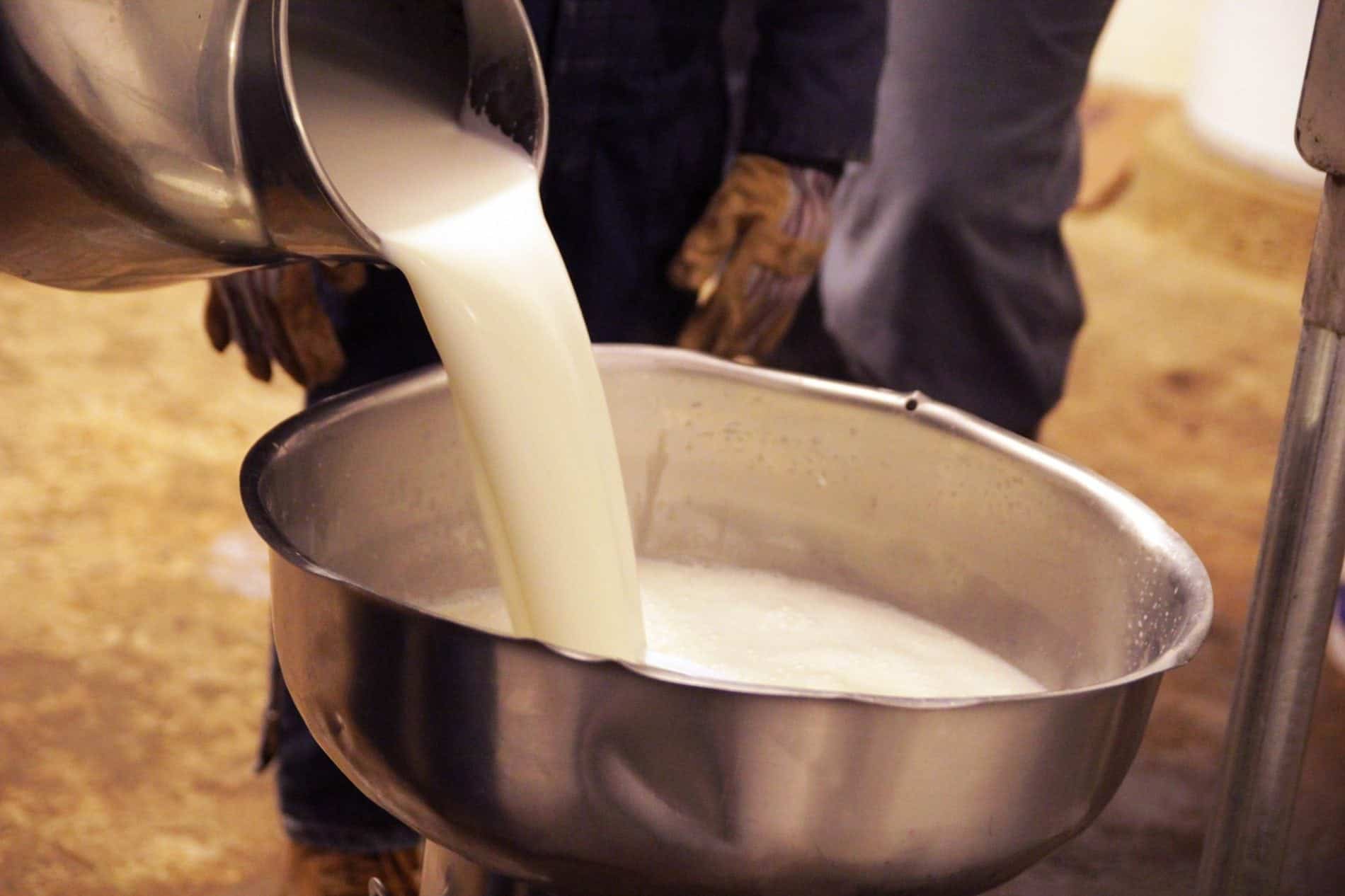The state of California has recently reported an uptick in gastrointestinal illnesses linked to the consumption of raw milk, a product that has gained popularity among certain consumer groups for its purported health benefits. As awareness of food safety continues to grow, the California Department of Public Health (CDPH) has issued advisories highlighting the potential risks associated with raw milk consumption. This article delves into the details of the reported illnesses, the health risks associated with raw milk, and insights from health experts regarding safe dairy consumption practices.
### Background on Raw Milk
Raw milk is defined as milk that has not undergone pasteurization, a process that heats milk to eliminate harmful bacteria and pathogens. Advocates of raw milk claim that it contains beneficial nutrients and enzymes that are destroyed during pasteurization. However, public health officials and experts warn that raw milk can harbor dangerous pathogens, including Salmonella, E. coli, and Listeria, which can lead to serious health complications.
In California, raw milk is legally sold in stores and farms that are licensed by the state. Despite its legal status, the consumption of raw milk remains controversial, as the CDC (Centers for Disease Control and Prevention) consistently advises against its consumption due to the associated health risks.
### Recent Increase in Illnesses
The CDPH has recently reported a significant increase in illnesses related to raw milk consumption, with several cases attributed to the consumption of unpasteurized dairy products. According to the report, individuals who fell ill exhibited symptoms such as diarrhea, abdominal cramps, and fever, which are common indicators of foodborne illness.
Health officials are investigating the source of these illnesses and have urged consumers to be cautious when considering the purchase and consumption of raw milk. They emphasize that the risks of contracting a foodborne illness from raw milk far outweigh any potential benefits it may offer.
### Health Risks of Raw Milk
Health experts emphasize that the consumption of raw milk poses several risks, primarily due to the potential presence of harmful bacteria. Below are some of the key health risks associated with raw milk consumption:
1. Bacterial Infections: Raw milk can contain various pathogens, including Salmonella, E. coli, and Campylobacter, which can lead to severe gastrointestinal illnesses. These infections can cause symptoms ranging from mild stomach upset to severe dehydration and hospitalization.
2. Vulnerable Populations: Certain populations, including children, pregnant women, the elderly, and individuals with weakened immune systems, are particularly at risk for severe complications from foodborne illnesses related to raw milk. Health experts stress the importance of protecting these vulnerable groups from potential exposure.
3. Lack of Nutritional Superiority: While proponents of raw milk claim it offers superior nutritional benefits, health experts argue that the differences in nutrient content between raw and pasteurized milk are negligible. Pasteurization does not significantly diminish the nutritional value of milk, thus negating claims of raw milk’s superiority.
4. Regulatory Oversight: Although raw milk is sold legally in California, it is subject to specific regulations and safety standards. However, the absence of a standardized pasteurization process in raw milk production raises concerns about the safety and quality of the milk being sold. Consumers may not always be aware of the source and handling of the raw milk they purchase.
### Health Expert Recommendations
In light of the recent rise in illnesses linked to raw milk, health experts recommend several precautions for consumers:
– Avoid Raw Milk: The most effective way to prevent foodborne illness is to avoid raw milk entirely. Health experts strongly advise consumers to choose pasteurized milk and dairy products, which have been treated to eliminate harmful bacteria.
– Know Your Source: If individuals choose to consume raw milk, it is crucial to know the source and ensure that it is from a reputable farm that follows strict hygiene and safety protocols. However, experts still recommend caution due to the inherent risks involved.
– Educate Yourself: Consumers should educate themselves about the potential risks and benefits of raw milk consumption. Understanding the implications of choosing raw over pasteurized milk can help individuals make informed dietary choices.
– Stay Informed: Keeping up-to-date with reports from public health agencies regarding food safety is essential. Awareness of potential outbreaks and health advisories can help individuals make safer choices regarding their food consumption.
### Conclusion
As California faces an increase in illnesses associated with raw milk, the importance of food safety cannot be overstated. Health officials and experts continue to advocate for the consumption of pasteurized dairy products to mitigate the risks of foodborne illness. While raw milk may appeal to certain consumer preferences, it is essential to recognize the potential health hazards involved. By prioritizing food safety and being informed about the risks, consumers can take proactive steps to protect their health and well-being.
### Looking Ahead
As the investigation continues into the recent illnesses linked to raw milk, California’s public health agencies are likely to implement further measures to educate consumers and enforce safety regulations. The ongoing dialogue surrounding raw milk will continue as advocates and health officials navigate the balance between consumer choice and public health safety.



